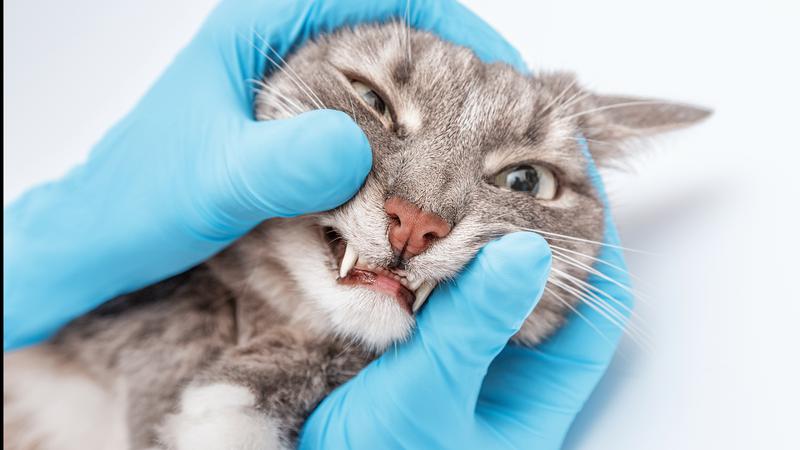
Day three of animal abuse trial details poor conditions of cats and dogs
Editor’s note: the following includes coarse language and disturbing descriptions of animal abuse and may not be suitable for all readers. Reader discretion is advised.
The gasp coming from the defense table was audible.
Dr. Amber Hamilton, a veterinarian and the first expert witness to provide testimony on the third day of an animal abuse trial at North Battleford Provincial Court, had related news that a number of cats had been euthanized.
“My God, you b!tch,” exclaimed the accused, Ellen Haudeck, who then uttered another expletive.


